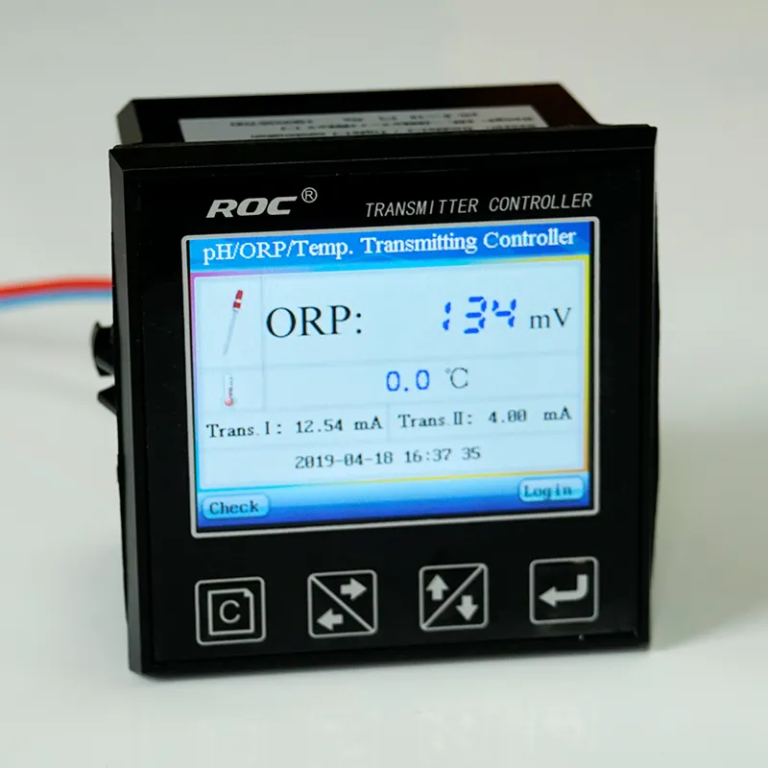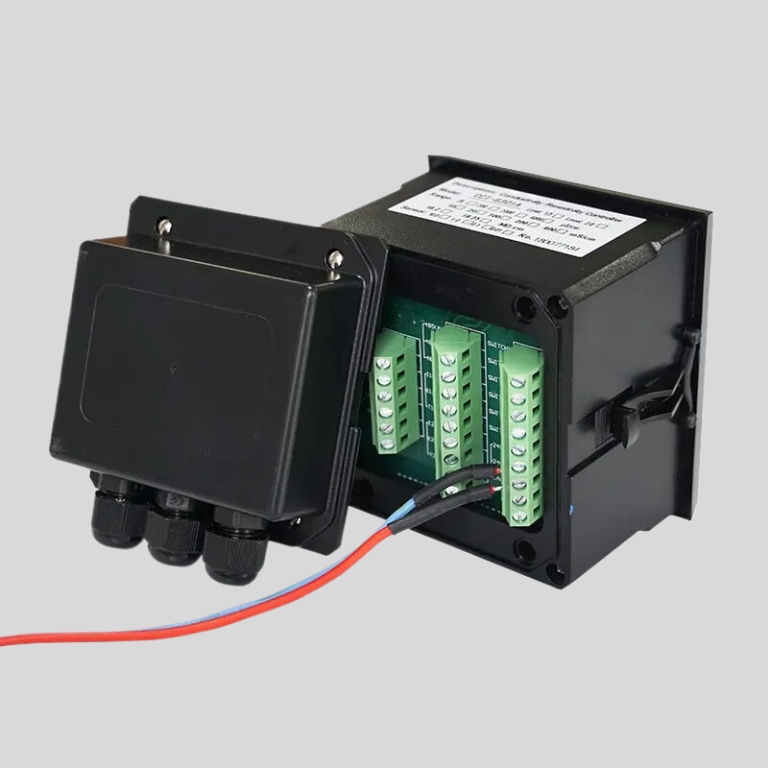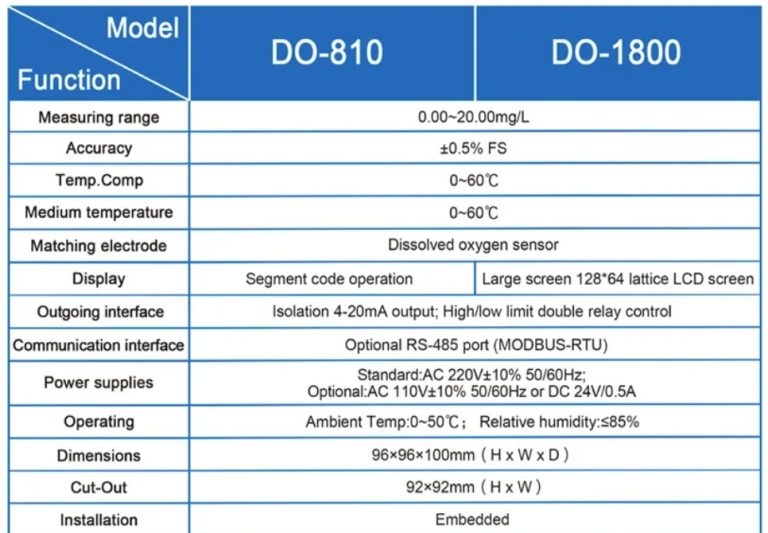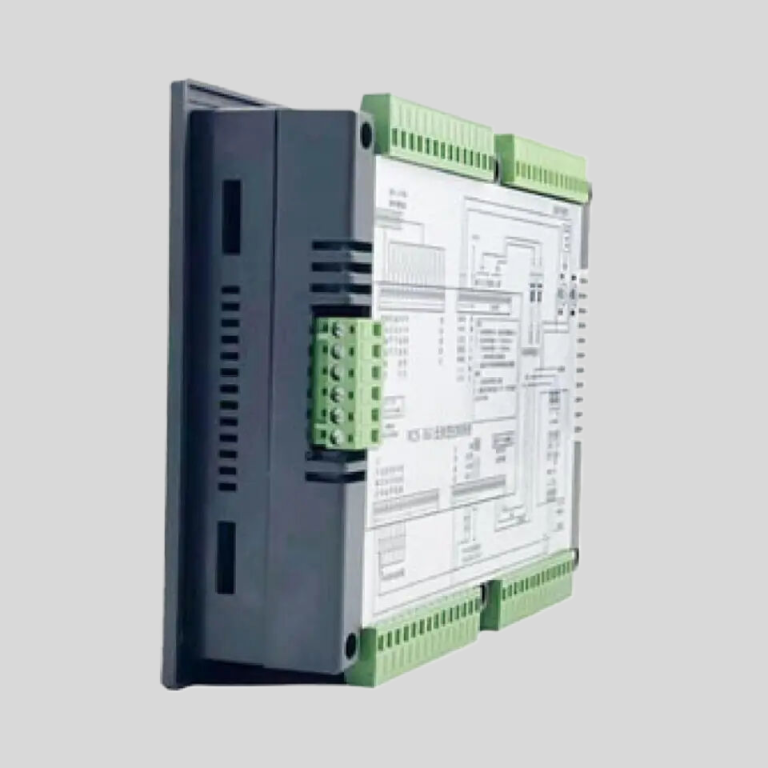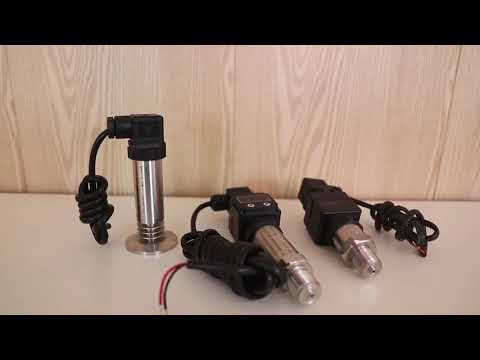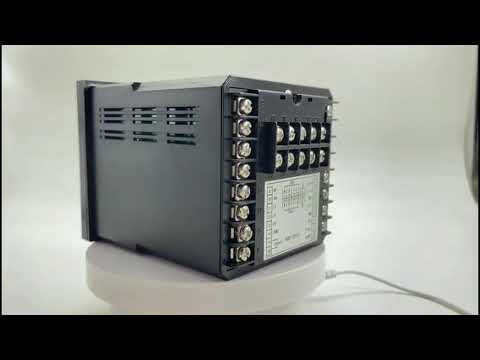Proper Calibration Techniques for the FiveEasy Plus ph meter
Proper calibration of a ph meter is essential to ensure accurate and reliable measurements. The FiveEasy Plus ph meter is a popular choice for many laboratories due to its ease of use and accuracy. In this article, we will discuss the proper calibration techniques for the FiveEasy Plus ph meter to help you achieve the best results.

Before calibrating your ph meter, it is important to gather all the necessary materials. You will need calibration buffers of known pH values, typically pH 4.01, pH 7.00, and pH 10.01. Make sure that the buffers are fresh and have not expired, as this can affect the accuracy of your calibration. You will also need a clean beaker or container to hold the buffers, as well as a clean and dry electrode for the ph meter.
To begin the calibration process, turn on the ph meter and allow it to warm up for at least 30 minutes. This will ensure that the readings are stable and accurate. Once the meter is ready, immerse the electrode into the pH 7.00 buffer solution and allow it to stabilize. The meter should display a reading close to 7.00. If the reading is off by more than 0.01 pH units, you will need to adjust the calibration.
After calibrating the ph meter with all three buffer solutions, you can perform a final check by measuring a known pH solution, such as a standard solution or a sample with a known pH value. The reading should be within 0.01 pH units of the known value to ensure that the calibration is accurate.
It is important to calibrate your ph meter regularly to maintain accuracy and reliability. Depending on the frequency of use, it is recommended to calibrate the ph meter at least once a week or before each use. This will help prevent any drift in readings and ensure that your measurements are consistent.
| Model No. | CIT-8800 Inductive Conductivity / Concentration Online Controller | |
| Measurement range | Conductivity | 0.00\u03bcS/cm ~ 2000mS/cm |
| Concentration | 1.NaOH\uff0c\uff080-15\uff09% or\uff0825-50\uff09%\uff1b | |
| 2.HNO3\uff08note the Corrosion resistance of the sensor\uff09\uff080-25\uff09% or\uff0836-82\uff09%\uff1b | ||
| 3.User-defined concentration curves. | ||
| TDS | 0.00ppm~1000ppt | |
| Temp. | \uff080.0 ~ 120.0\uff09\u2103 | |
| Resolution | Conductivity | 0.01\u03bcS/cm |
| Concentration | 0.01% | |
| TDS | 0.01ppm | |
| Temp. | 0.1\u2103 | |
| Accuracy | Conductivity | 0\u03bcS/cm ~1000\u03bcS/cm \u00b110\u03bcS/cm |
| 1 mS/cm~500 mS/cm \u00b11.0% | ||
| 500mS/cm~2000 mS/cm \u00b11.0% | ||
| TDS | 1.5 level | |
| Temp. | \u00b10.5\u2103 | |
| Temp. compensation | element | Pt1000 |
| range | \uff080.0~120.0\uff09\u2103 linear compensation | |
| \uff084~20\uff09mA Current output | channels | Double channels |
| features | Isolated, adjustable, reversible, 4-20MA output, instruments/ transmitter mode. | |
| Loop resistance | 400\u03a9\uff08Max\uff09\uff0cDC 24V | |
| Resolution | \u00b10.1mA | |
| Control contact | Channels | Triple channels |
| Contact | Photoelectric relay output | |
| Programmable | Programmable \uff08 temperature \u3001conductivity/concentration/TDS\u3001timing\uff09output | |
| Features | Could set temperature\u3001conductivity/concentration/TDS\u3001 timing NO/NC/ PID selection | |
| Resistance load | 50mA\uff08Max\uff09\uff0cAC/DC 30V\uff08Max\uff09 | |
| Data communication | RS485,MODBUS protocol | |
| Power supply | DC 24V\u00b14V | |
| Consumption | \uff1c5.5W | |
| Working environment | Temperature\uff1a\uff080~50\uff09\u2103 Relative Humidity\uff1a\u226485%RH(non- condensing ) | |
| Storage | Temperature\uff1a(-20~60)\u2103 Relative Humidity\uff1a\u226485%RH(non- condensing) | |
| Protection level | IP65\uff08with rear cover\uff09 | |
| Outline dimension | 96mm\u00d796 mm\u00d794mm (H\u00d7W\u00d7D) | |
| Hole dimension | 91mm\u00d791mm(H\u00d7W) | |
| Installation | Panel mounted , fast installation | |
In addition to regular calibration, proper storage and maintenance of the ph meter are also important. Store the ph meter in a clean and dry environment, away from direct sunlight and extreme temperatures. Clean the electrode regularly with a mild detergent and rinse with deionized water to remove any contaminants that may affect the readings.
In conclusion, proper calibration of the FiveEasy Plus ph meter is essential to ensure accurate and reliable measurements. By following the steps outlined in this article and calibrating your ph meter regularly, you can achieve the best results and maintain the quality of your work. Remember to use fresh calibration buffers, rinse the electrode between calibrations, and store the ph meter properly to prolong its lifespan and accuracy.

